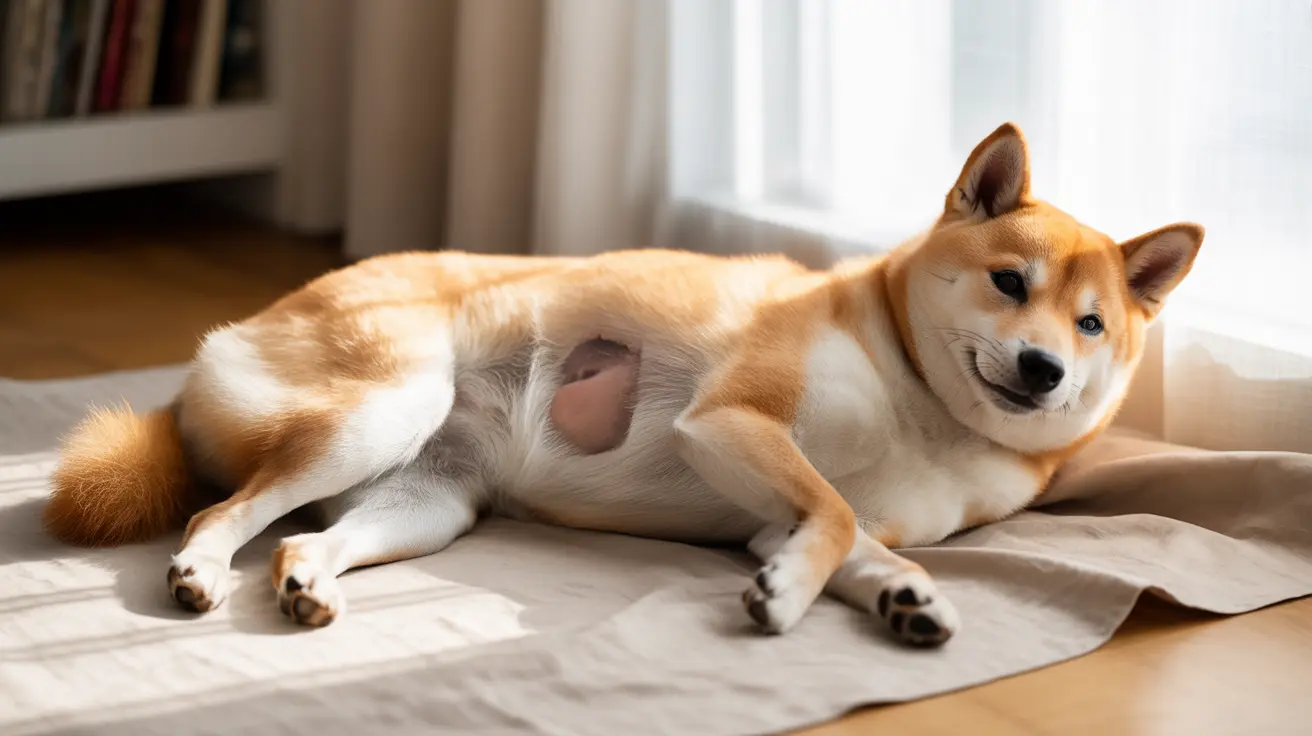The Neutering Surgery Process
During the neutering procedure, also known as castration, a veterinarian completely removes both testicles through a small surgical incision. This incision is typically made just in front of the scrotum, and the entire procedure is performed under general anesthesia to ensure your dog's comfort.
The surgeon carefully removes each testicle after ligating (tying off) the blood vessels and spermatic cord. While the testicles are removed, the scrotum itself usually remains intact, though it will gradually shrink over time.
Post-Surgery Changes to Your Dog's Anatomy
After neutering, your dog's scrotum will appear empty and loose, as it no longer contains any testicular tissue. This is entirely normal and expected. Over the course of several weeks to months, the scrotal sac will typically shrink significantly, especially in younger dogs.
The extent of shrinkage can vary depending on your dog's age at the time of neutering:
- Young puppies: The scrotum may become nearly invisible
- Adult dogs: A small, loose flap of skin may remain
- Senior dogs: The scrotal sac might remain more noticeable but will be soft and empty
Recovery and Healing Process
Most dogs recover remarkably well from neutering surgery, with typical healing time ranging from 7-10 days. During the initial recovery period, you might notice some swelling or bruising around the surgical site, which is normal and temporary.
Your veterinarian will likely prescribe pain medication and may recommend using an e-collar to prevent your dog from licking or scratching the surgical area. Most modern neutering procedures use dissolvable sutures, eliminating the need for suture removal.
Health and Behavioral Benefits
Neutering offers numerous health advantages for your dog, including:
- Elimination of testicular cancer risk
- Reduced prostate problems
- Lower risk of certain tumors
- Decreased hormone-driven behaviors
- Reduced aggression in many cases
- Less likelihood of roaming and marking territory
Special Considerations and Complications
While rare, some dogs may develop post-surgical complications or have special anatomical conditions that affect the neutering process. Cryptorchidism, where one or both testicles fail to descend into the scrotum, requires a more complex surgery but still results in complete removal of all testicular tissue.
Frequently Asked Questions
Do neutered dogs still have testicles or just an empty scrotum?
Neutered dogs do not have testicles - they are completely removed during surgery. What remains is just the empty scrotal sac, which typically shrinks over time.
Why does my neutered dog's scrotum look swollen or does it sometimes seem like they still have balls?
Post-surgical swelling is normal in the first few days after neutering. If swelling persists or appears later, consult your veterinarian, as it could indicate complications or fluid accumulation.
How long does it usually take for a male dog to fully recover from neutering surgery?
Most dogs fully recover within 7-10 days. Complete healing and scrotal shrinkage may take several weeks to months.
What behavioral changes can I expect after my dog is neutered?
Common changes include reduced marking, mounting, roaming, and aggressive behaviors. These changes typically occur gradually as hormone levels decrease.
What is cryptorchidism and how does it affect neutering surgery in dogs?
Cryptorchidism is a condition where one or both testicles fail to descend into the scrotum. This requires a more complex surgery to locate and remove the undescended testicles from the abdomen or groin area.
Understanding what happens to your dog's testicles after neutering helps ensure proper post-operative care and sets realistic expectations for physical changes. Always follow your veterinarian's recovery instructions carefully, and don't hesitate to ask questions if you have concerns about your dog's healing process.






